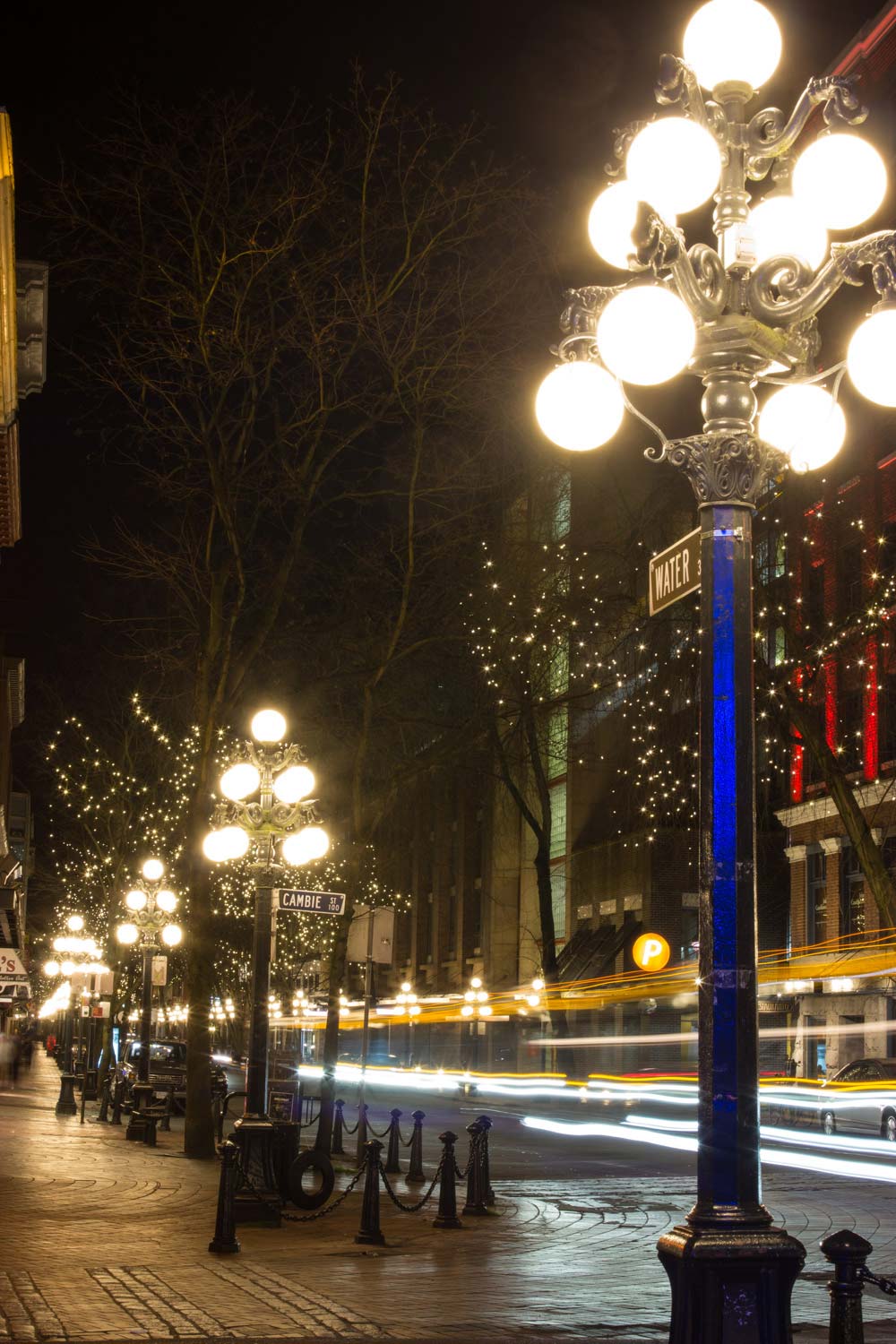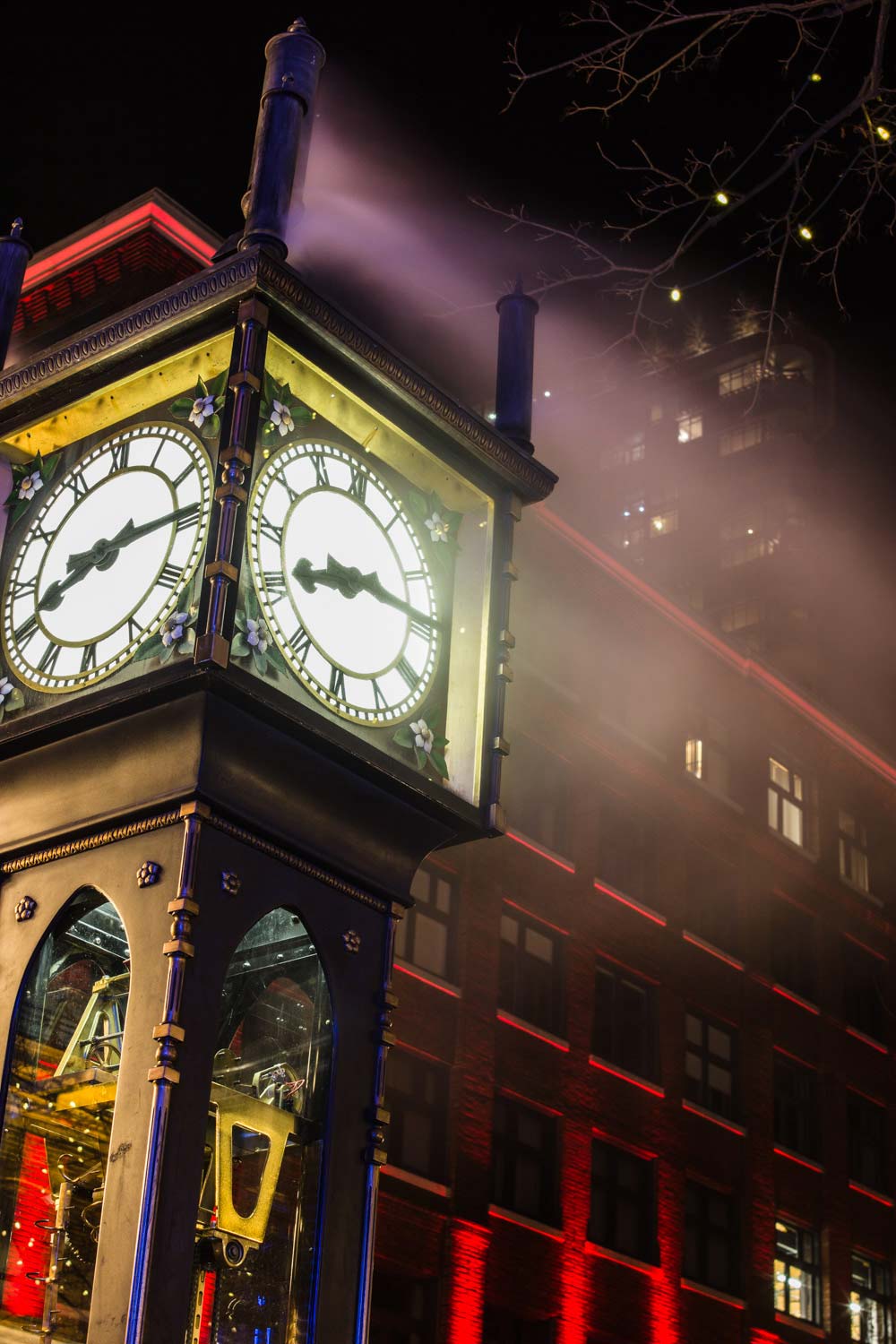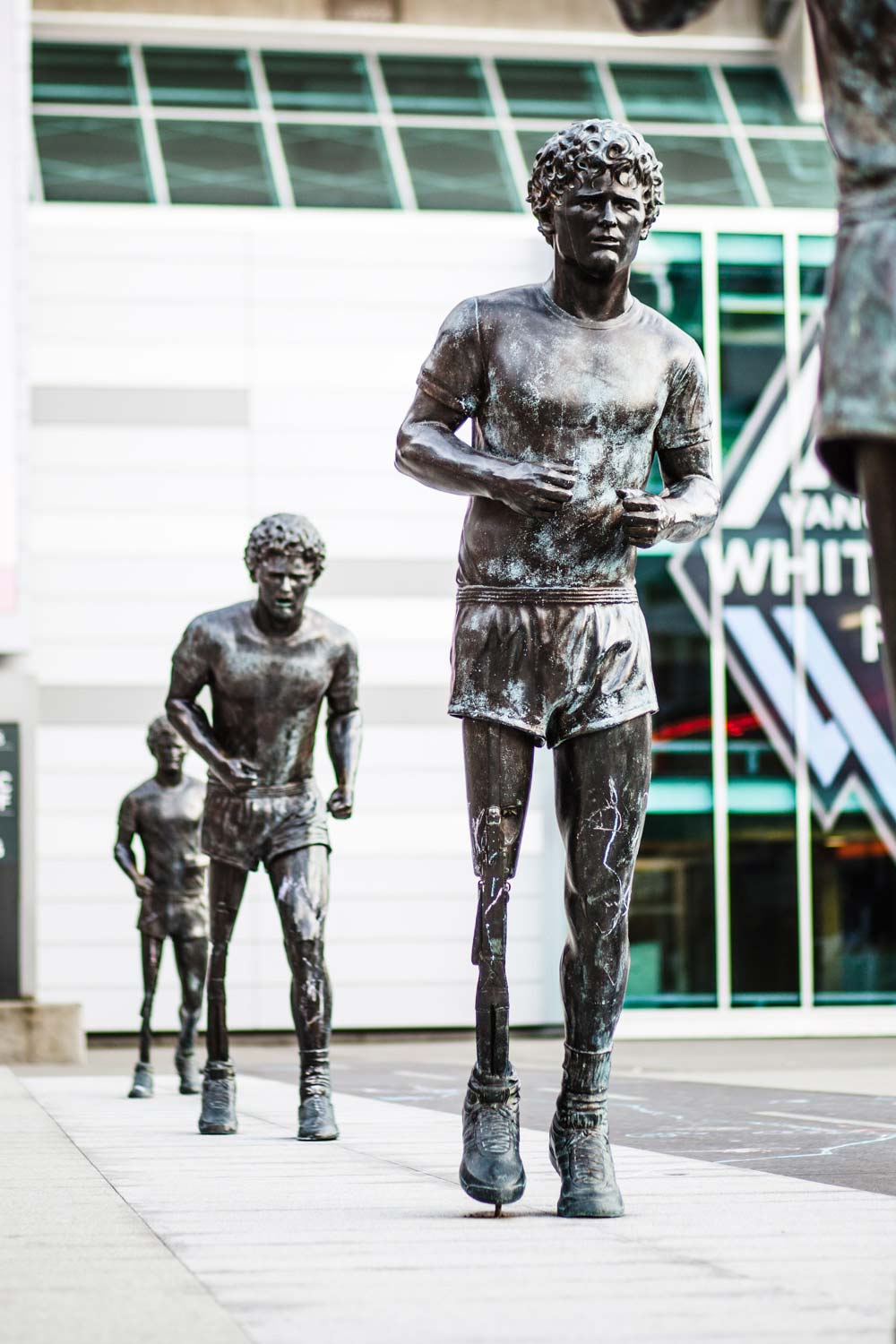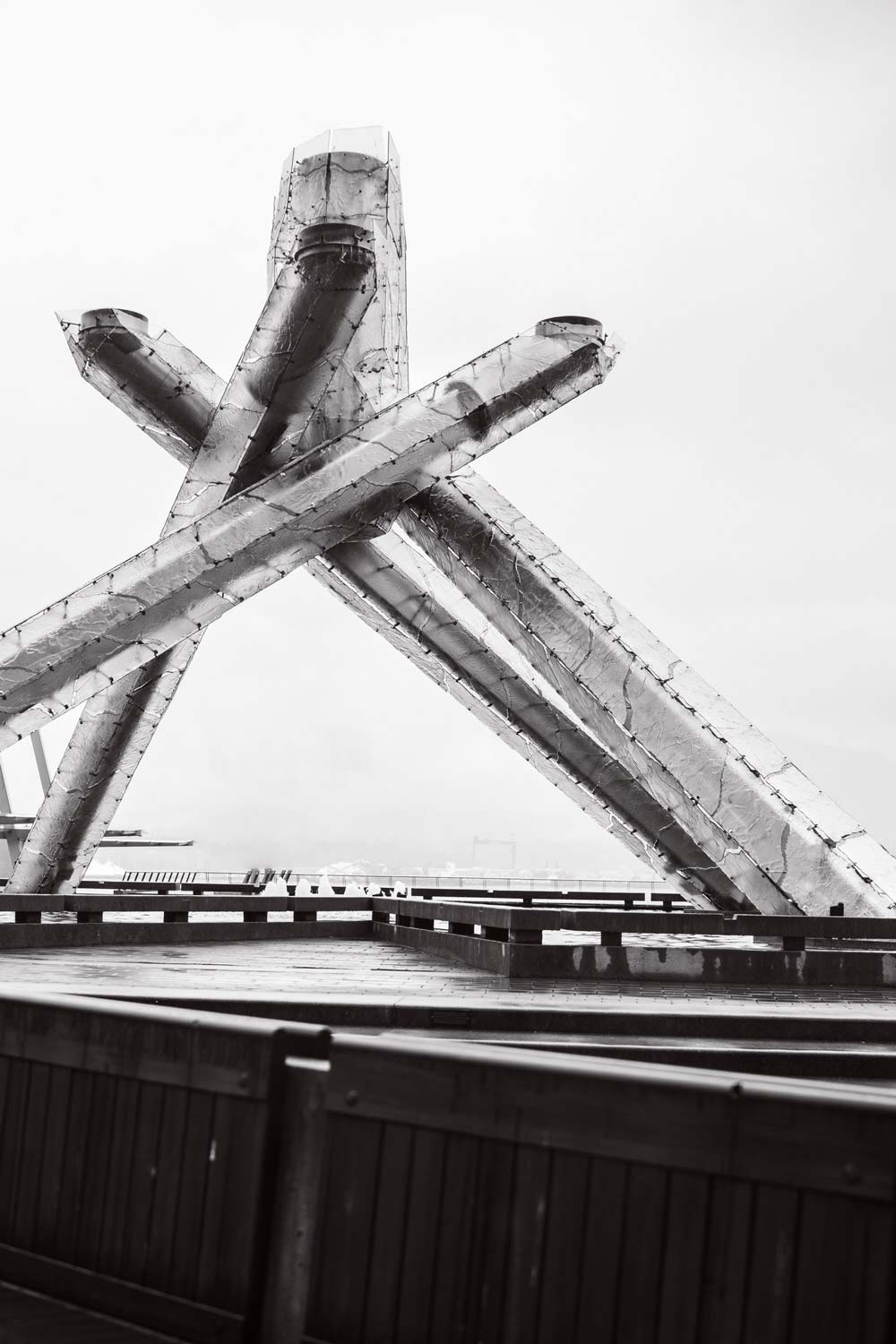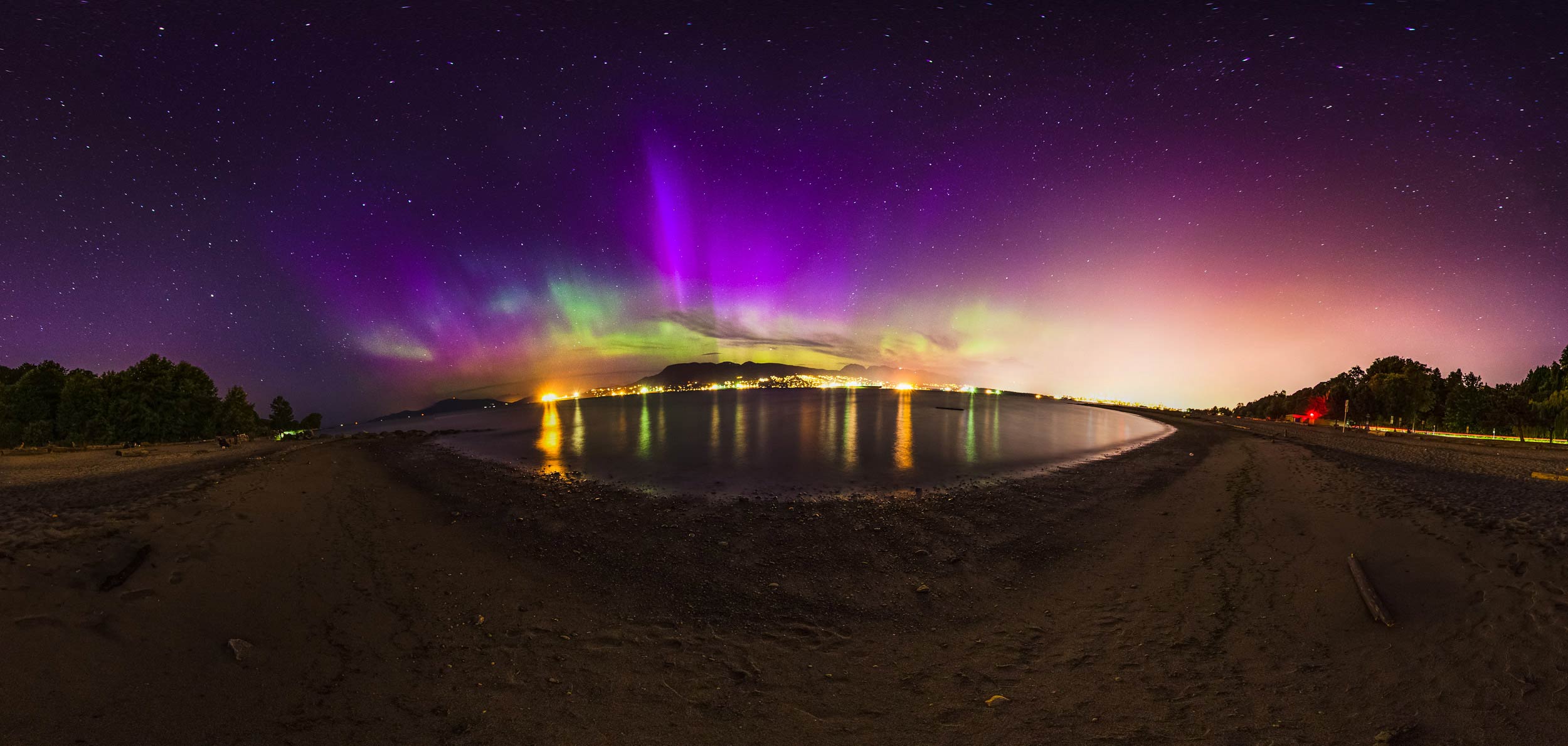
Story of Vancouver's life
Vancouver officially the City of Vancouver, is a coastal seaport city on the mainland of British Columbia, Canada. The 2011 census recorded 603,502 people in the city, making it the eighth largest Canadian municipality. The Greater Vancouver area of around 2.4 million inhabitants is the third most populous metropolitan area in the country, the second largest city on the United States–Canada border, and the most populous in Western Canada. Vancouver is one of the most ethnically and linguistically diverse cities in Canada; 52% of its residents have a first language other than English. Vancouver is classed as a Beta global city. The City of Vancouver encompasses a land area of about 114 square kilometres, giving it a population density of about 5,249 people per square kilometre (13,590 per square mile). Vancouver is the most densely populated Canadian municipality, and the fourth most densely populated city with over 250,000 residents in North America, behind New York City, San Francisco, and Mexico City.
